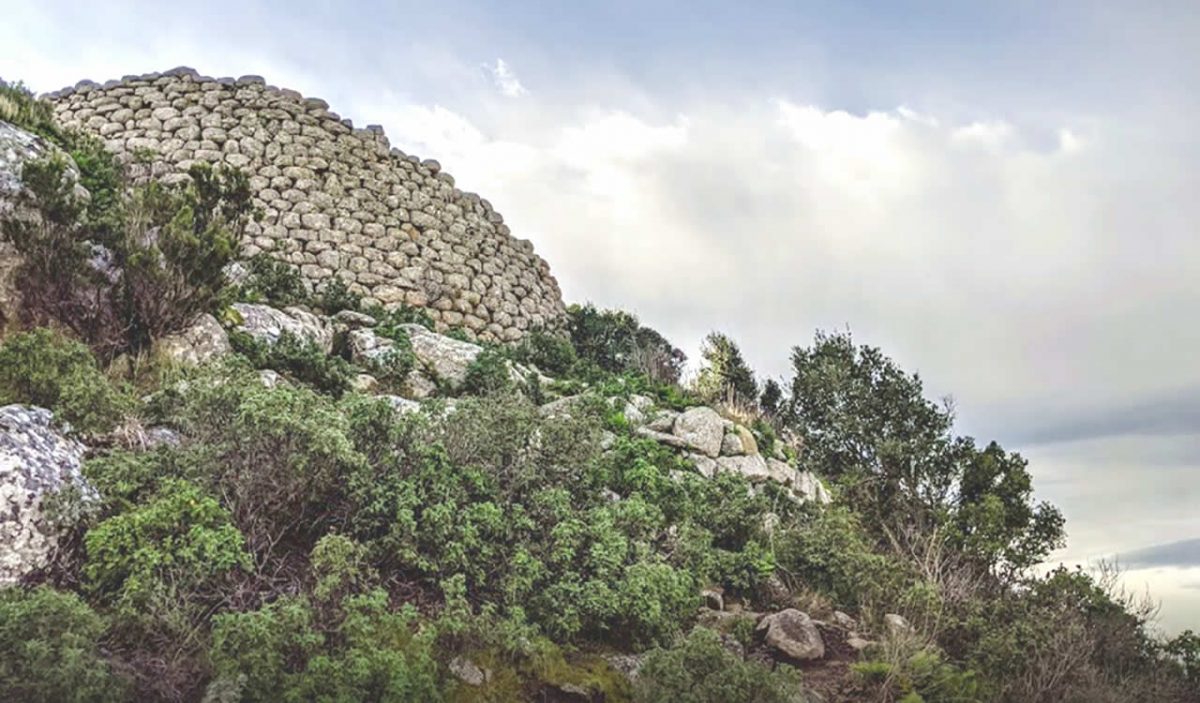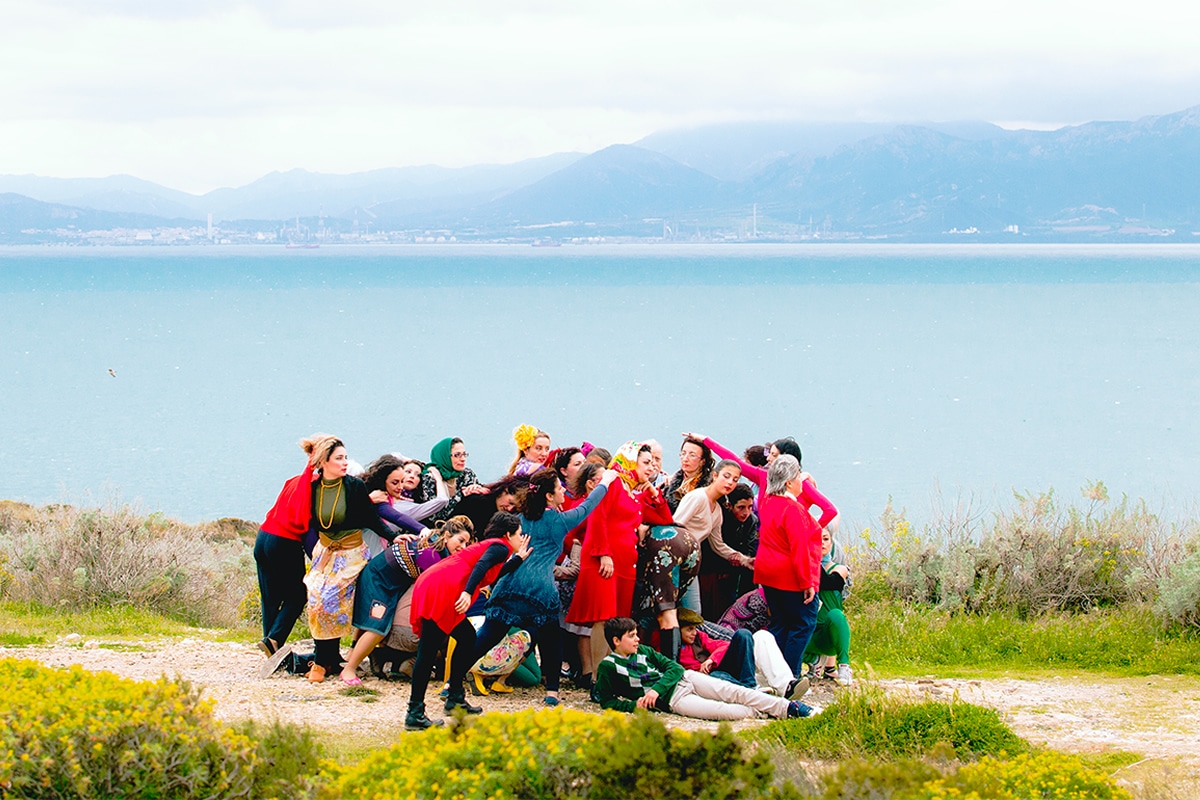The Nuraghe of Riu Mulinu has dominated the Gulf of Olbia for more than three thousand years. Almost invisible from the city, it bears witness to its most ancient and fascinating past.

When we talk about Sardinia andOlbia in particular, historical and cultural aspects are rarely highlighted. Beauty is generally highlightedof its beaches, sometimes theculinary delights,we complain aboutits streets, but few dwell on the extraordinary cultural heritage of the Nuragic era.
And yet thenuraghe in Sardinia they are literally everywhere (about 7,000 have been registered) and given their size they are not invisible. They certainly do not have the appeal of other sites: to understand Stonehenge fits comfortably inside any medium-sized Nuragic village. In Italian school books they are almost absent, despite being the Nuragic civilization of equal development compared to the Cretan one. Outside of Italy, knowledge of the nuraghe is almost nil except for a small circle of scholars.
No wonder therefore if a tourist sometimes accidentally comes across a nuraghe, and understands its historical value, he is surprised by what he has in front of him.
Credits Salva Tours
How is the Nuraghe of Riu Mulinu made?
This area , which was the subject of excavations at the end of the 1930s, is surrounded by a 220-metre long wall. The walls are made of large squared granite stones, up to 4 meters thick and originally over 5 meters high (today about 4 in the best preserved part). Given the great thickness, its builders incorporated huge boulders that were on the spot, making the most of the terrain for defensive purposes.
There are two entrances, to the south and north, of which only one is accessible.
The central tower has a diameter of 9 meters and must have been about a dozen high, but today just over 2 meters remain visible. Inside the nuraghe there is a well, and a small bronze statuette from the Nuragic era was found there, depicting a woman carrying water. In addition to the main tower, the nuraghe had been enlarged with niches that are still visible today.
How old is the Nuraghe of Riu Mulinu in Olbia and why was it built?
This Nuragic complex has “seen” the Gulf of Olbia for around 3,300 years, and was built between the 14th and 13th centuries BC by the Nuragic clans that had populated the area for centuries.
Indeed the funerary complex known asTomba dei Giganti di Mont’e S’Abe which is a few kilometers away can be dated about 300 years before the construction of the nuraghe, while the construction of the Pozzo sacro di Sa Testa in the area below the hill where it is located, it too can be dated to a period close to that of the building of the nuraghe itself.
The point where it was built denotes a careful study of the area. The Nuragic fortification is located in a dominant position over the Gulf of Olbia, at the top of the Cabu Abbas hill. From here it is possible to have a view of the entire gulf up to the island of Tavolara and beyond, as well as of the main communication routes with the hinterland.

Why is it called Rio Mulino?
The nuraghe takes the name that we know from the Sardinian. In fact it looked like the tower of a mill and from here it takes its name. The area where it was built is called Cabu Abbas (from the Latin Caput Aquae), and was the origin of the Roman aqueduct that supplied the city of Olbia, which exploited the spring discovered in the Nuragic era.
Where is the Riu Mulinu nuraghe in Olbia located and how to reach it?
Reaching the nuraghe is easy, it is less than 15 minutes from our Hotel Felix Olbia .
If arriving from Olbia, take the ring road in the direction of Golfo Aranci, then turn at the Panama roundabout (where Optimax is located), and invert the direction of travel, then turn right into via Sa Rughittula and immediately right into via S ‘Iscoglia.
After 1.8 km you will find the indication for Nuraghe Riu Mulinu, and a parking lot at the end of the road. From here a stairway leads to the top of the hill in about 8 minutes in front of the entrance to the actual nuraghe.
Where to stay in Olbia to visit the Riu Mulinu nuraghe?
If you are in the Olbia area and you want to discover, in addition to its natural beauties, also its millenary history, we can only recommend youThe Hotel Felix Olbia.
Our smart hotel blends elements of Sardinian culture with high technology and fusion environments with the most contemporary lines in its design.
Plus ours Felix Bistrot and Felix Rooftop will be happy to offer you a gourmet cuisine conceived with high quality products of local origin.









